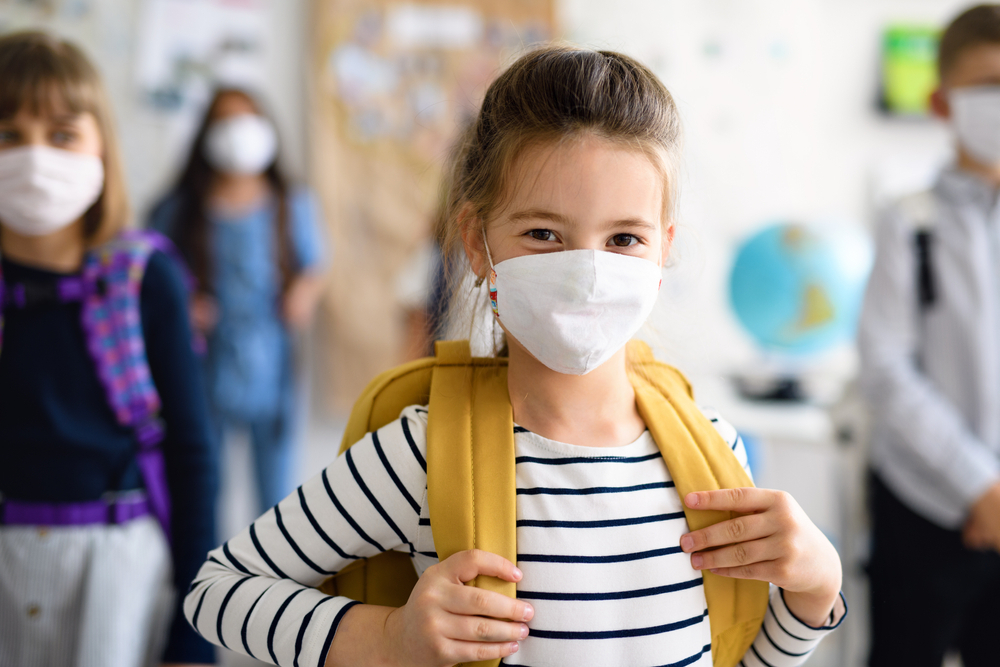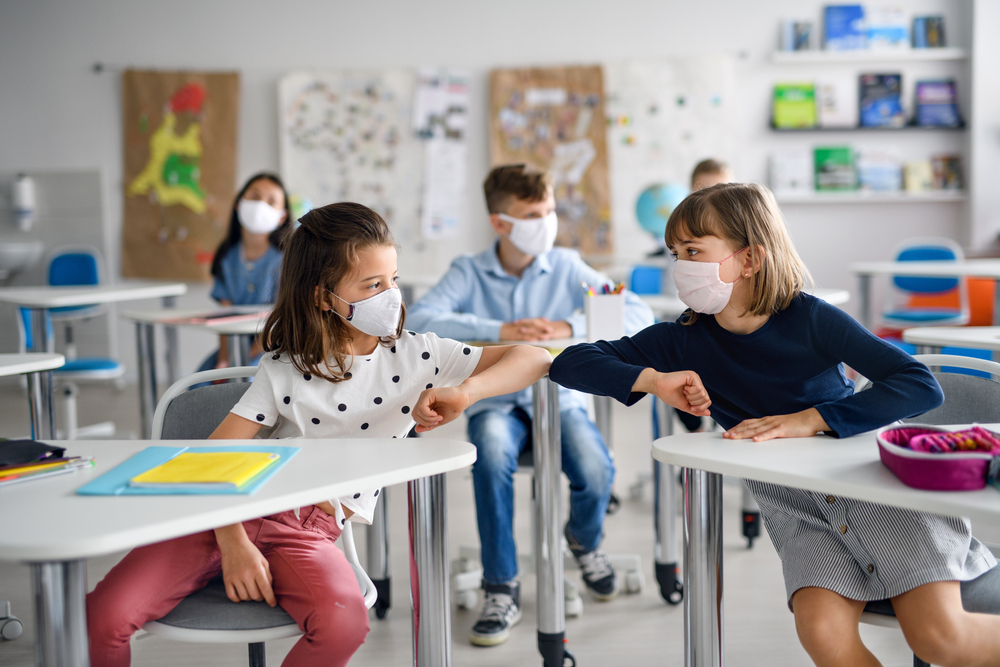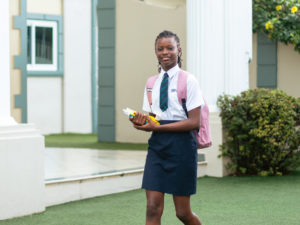COVID-19: What can we learn from schools reopening around the world?
COVID-19: What can we learn from schools reopening around the world?
The debate continues. Should schools reopen or not? It’s an easy answer, right? Not exactly. While some countries have resumed physical classes, others have employed the mixture of both virtual and in-person classes. Though it has been proven that children are less vulnerable to COVID, schools remain closed since they pose as a breeding ground for the virus. However, some countries have taken the lead in either fully or partially reopening schools.
So, how are the pioneers faring so far? In this article, we will be exploring how some countries in Europe, Asia, United States, United Kingdom, and Africa have handled the reopening of schools in the pandemic.
AFRICA
Kenya
Education Cabinet Secretary, George Magoha gave the green light last week for the resumption of studies, starting with final year students and those in the third year. Others will follow in the coming weeks. The institutions were allowed to re-open progressively in strict conformity all COVID-19 protocols.
(Capital FM, KENYA)
Nigeria
Though Nigeria has reopened its schools, it has also done progressively so in phases, just like Kenya.
According to the Lagos State Commissioner for Education, Folasade Adefisayo, “The ministry is adopting a phased approach to opening public schools. This phased approach to opening will enable public schools to meet COVID-19 social distance rules and safety protocols and will help us watch the behaviour of the pandemic as we gradually open up our schools.’’ (Vanguard)
The present JSS 3, and SS 2 students in public schools in the state resumed classes on Monday, September 21, 2020. This would permit the JSS 3 students to prepare for the Basic Education Certificate Examination (BECE) on the 6th-12th October 2020.
Ghana has also adopted the phased approach to the reopening of schools. The final year Senior and Junior High School students took the lead, enabling them to sit for their final exams. The next batch to reopen was the second-year Junior and Senior High school students on October 5, 2020, to complete their academic year.
Meanwhile, the Ghana Education Service (GES) assured parents that the necessary measures are in place to keep students safe. “All schools have been fumigated and disinfected. In addition, Personal Protective Equipment (PPEs) have been distributed to all schools,” the GES said.
Although the country recorded a few cases following the reopening of schools, there was no cause for alarm.
EUROPE
UK
Schools reopened in September, following Prime Minister, Boris Johnson’s directive. Visiting one of the schools, the Prime Minister said, ‘Schools are safe, and it is fantastic seeing pupils coming back… and we want to see every single one coming back next week and in the succeeding days.’
How are classes being held?
According to the Department for Education (DfE), pupils had to return to school with a ‘system of controls’ in place to keep both students and staff safe. The controls include the compulsory wearing of nose masks in corridors and high-risk communal areas as well as having staggered breaks. Also, students are kept in ‘protective bubbles’ of the same small group to minimize mixing.
What are the experts’ observations so far?
Britain’s chief medical officer, Chris Whitty, remarked that the balance of risk is greatly in favour of the decision to reopen schools. “The chances of children catching COVID and then getting the long-term serious problems as a result of it—solely deemed due to going to school—are incredibly small…The evidence that not going to school damages children, in the long run, is overwhelming, and that includes their long-term chances,” he told Reuters.
However, the government has encouraged pupils to walk, cycle, or scoot to school. It will also provide an additional 40 million pounds to local authorities to increase home to school transport and ease pressure on public transport.
Germany
For Germany, 563 schools reopened on August 7, 2020, with 152,700 students resuming physical classes. Students are divided into cohorts, with the mandatory wearing of masks on hallways and upon entering classrooms but can remove them once seated. Though social distancing and mask-wearing are advised by the World Health Organization, the country is of the view that if students wore masks for more hours during the day, their learning abilities would suffer.
Why divide students into cohorts?
Classes are divided into cohorts with several hundreds of students in each cohort. These ‘cohorts’ were also advised to stay apart from other cohorts but social distancing rules are quite done away within each group. Each cohort is entitled to a specific area of the school like its own cloakrooms, washrooms, and canteens.
The main reason behind the cohort strategy is that if there were to be a spread, only the affected cohort would have to be quarantined. Should there be any new infections, local health authorities decide on the next course of action, instead of the schools.
The roller-coaster
Headmaster of the Heinz-Berggruen Secondary School, Mr. Kwee, said he had never experienced such anxiety preceding the reopening of school. The call came only two days later with a girl in Grade 6 testing positive. Mr. Kwee then had to end a physical education class of 31 students and send them home immediately. On Thursday, the whole class was tested and on Friday, the tests came back negative. But just as Mr. Kwee could breathe, a seventh-grader tested positive. The headmaster described it as ‘a total roller coaster!’
So far, the lesson from Germany, is that schools can reopen and remain open. That is if they fully stick to this model.
UNITED STATES
While Germany and the United Kingdom have found ways of reopening schools in progressive ways, experts worry that the same approach may not be possible in the United States (New York Times).
Whether in-person classes will resume is dependent on each state’s respective decision. In California, most schools will remain closed for in-person learning this autumn. To reopen, they’ll have to meet strict health benchmarks. Some schools in parts of Georgia, Tennessee, and Indiana recently reopened but had to close again as COVID-19 infections forced hundreds of students and staff into quarantine.
What are epidemiologists saying?
Epidemiologists and educators don’t dispute the benefits of in-person classes. In a webinar on the topic, Caitlin Rivers, senior scholar at the Johns Hopkins Center for Health Security in Baltimore, said that schools are more than a place for learning; they’re also where students access meals, medical and behavioral support, and other services.
In mid-July, the National Academies of Sciences, Engineering, and Medicine issued a 110-page report outlining evidence-based recommendations for the reopening and operation of schools. Overall, members of the committee concluded that decisions to reopen for in-person learning must balance the benefits and risks.
“We know there are serious consequences for not reopening schools for in-person learning….but we also know there are serious risks associated with the pandemic”, says Caitlin.
ASIA
In China, students reopened schools in March, according to state news agency Xinhua. Earlier in May, the Education Ministry said that about 40% of students were back in the classroom.
What were the guidelines?
The Chinese Ministry of Education outlined school operation instructions for kindergartens, elementary, middle, and high schools. Each document provides detailed instructions to school staff, parents, and students, ranging from correctly wearing masks, to dealing with mental distress. Additionally, schools were to ensure mandatory check-ups and cleanings plus the provision of sample forms to keep written records.
Any extremes?
Two students died after intense physical exercise while wearing N95 masks, signaling the Ministry of Education to modify its guidelines to prohibit N95 masks in physical education classes. By May ending, some schools in China allowed students to take off their masks after wearing them to school.
Though there is no one-size-fits-all approach to reopening schools, there is definitely something we can learn from these countries. Kindly share your thoughts with us. We can’t wait to hear them!
REFERENCES
https://www.capitalfm.co.ke/news/2020/10/covid-19-kenyan-universities-and-colleges-start-phased-reopening/
https://nairametrics.com/2020/09/13/lagos-announces-resumption-time-table-for-public-and-private-schools/
https://www.ghanaweb.com/GhanaHomePage/NewsArchive/Government-announces-reopening-of-schools-for-SHS-2-and-JHS-2-students-1046590
https://www.myjoyonline.com/news/national/6-accra-girls-students-teacher-and-spouse-test-positive-for-covid-19-ges-confirms/
https://www.myjoyonline.com/news/education/shs-2-jhs-2-students-to-return-to-school-today-ges/
https://edition.cnn.com/interactive/2020/health/coronavirus-schools-reopening/
https://time.com/5885554/europe-schools-reopening-germany-scotland-norway/
https://www.wsj.com/articles/consensus-is-emerging-that-children-are-less-vulnerable-to-coronavirus-11587988688
https://www.dw.com/en/german-schools-reopen-despite-coronavirus/a-54415687
https://time.com/5885554/europe-schools-reopening-germany-scotland-norway/
https://www.nytimes.com/2020/08/26/world/europe/germany-schools-virus-reopening.html
https://www.aa.com.tr/en/europe/germany-covid-19-cases-rise-as-schools-reopen/1941262
https://www.health.com/condition/infectious-diseases/coronavirus/is-it-safe-for-kids-to-go-back-to-school
https://discoveries.childrenshospital.org/preparing-kids-school-covid-19/
https://www.cdc.gov/coronavirus/2019-ncov/community/schools-childcare/reopening-schools-faqs.html






